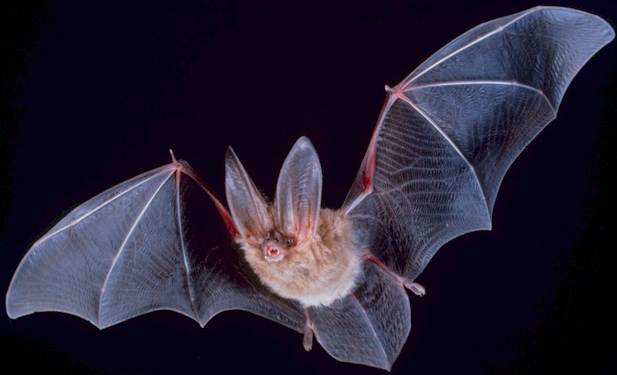
Bats are fascinating creatures with a unique diet that differs from most animals. They are the only mammals that are capable of sustained flight, and their food habits are just as unique. In this article, we will explore what bats eat and what eats bats, with a focus on the diet of vampire bats and brown bats.
What do Bats Eat?
Bats are primarily insectivorous, which means that their diet consists mainly of insects. In fact, it is estimated that bats consume about 1,000 insects per hour while they are active. Some of the common insects that bats eat include mosquitoes, moths, beetles, and flies.
However, not all bats eat insects. Some species of bats have a frugivorous diet, which means that they feed mainly on fruit. Other bats have a nectarivorous diet, meaning that they consume nectar from flowers. A few species of bats are carnivorous, and they feed on small mammals, birds, and even fish.
What do Vampire Bats Eat?
Vampire bats, as their name suggests, feed on the blood of other animals. They are native to Central and South America, and there are three species of vampire bats: the common vampire bat, the hairy-legged vampire bat, and the white-winged vampire bat.
These bats have razor-sharp teeth that they use to make tiny incisions on the skin of their prey. They then lap up the blood that flows out of the wound. Vampire bats typically feed on large mammals such as cows, horses, and pigs, but they have also been known to feed on birds and even humans.
What do Brown Bats Eat?
Brown bats are one of the most common species of bats in North America. They are insectivorous and feed on a wide variety of insects, including mosquitoes, moths, and beetles. Brown bats typically hunt insects in the early evening or early morning, and they use echolocation to locate their prey.
Brown bats also require water to survive, and they will drink from rivers, lakes, and streams. They are known to fly over water surfaces and dip their tongues into the water to drink.
What Eats Bats?
Bats have few natural predators due to their nocturnal nature and their ability to fly. However, there are a few animals that will prey on bats. Some of the common predators of bats include birds of prey such as owls, hawks, and eagles, as well as snakes and larger mammals such as raccoons, foxes, and cats.
In addition to predators, bats also face the threat of disease. One of the most significant threats to bats is white-nose syndrome, a fungal disease that has killed millions of bats in North America. The disease affects hibernating bats and causes them to wake up too early, which can lead to starvation and dehydration.
In conclusion, bats have a unique and varied diet that includes insects, fruit, nectar, and even blood. Vampire bats have a particularly fascinating diet, feeding on the blood of other animals. Brown bats are the most common species of bats in North America, and they primarily feed on insects and drink from bodies of water. While bats have few natural predators, they still face threats from predators, disease, and habitat loss. Understanding what bats eat and what eats bats is important for their conservation and survival.
Leave a Reply